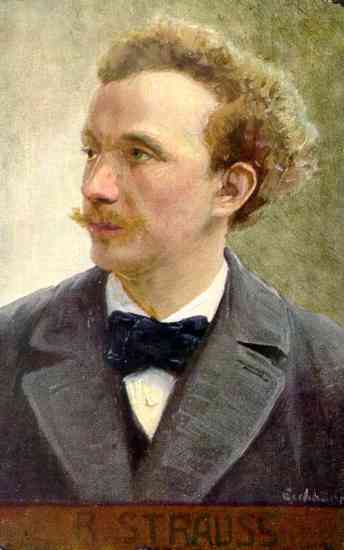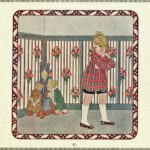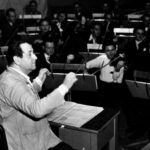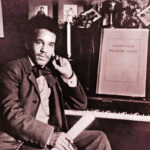Written by the young Strauss for his father, a virtuoso horn player, this concerto is one of the best-known and beloved in the French Horn solo repertoire. While not as musically complex as other Strauss compositions, it contains unmistakable harmonic and musical elements which instantly mark it as Strauss’ work.
Although formally divided into three movements, it is played as a continuous work with no interruption between movements. The first and last movements’ themes are based on a heroic horn arpeggio, picked up in each instance by the orchestra and leading to a quieter, more subdued horn melody. The orchestral texture is varied, ranging from a Germanic “full orchestra” sound to chamber music-like effects (e.g., solo horn accompanied by upper woodwinds and solo ‘celli). The middle Andante is harmonically the most interesting, with unusual key shifts between A-flat minor and E major supporting dramatic expositions of lyrical horn melody.
Although compact, this concerto explores the full horn range, is challenging for the orchestra, and enjoys a large popular following.
Here’s Barry Tuckwell in a performance with the NHK Symphony Orchestra in 1987. Movement 1:
Movement 2:
And Movement 3:
Horn Concerto No.1 in Eb Major
Op. 11
Composed in 1885
By Richard Strauss




